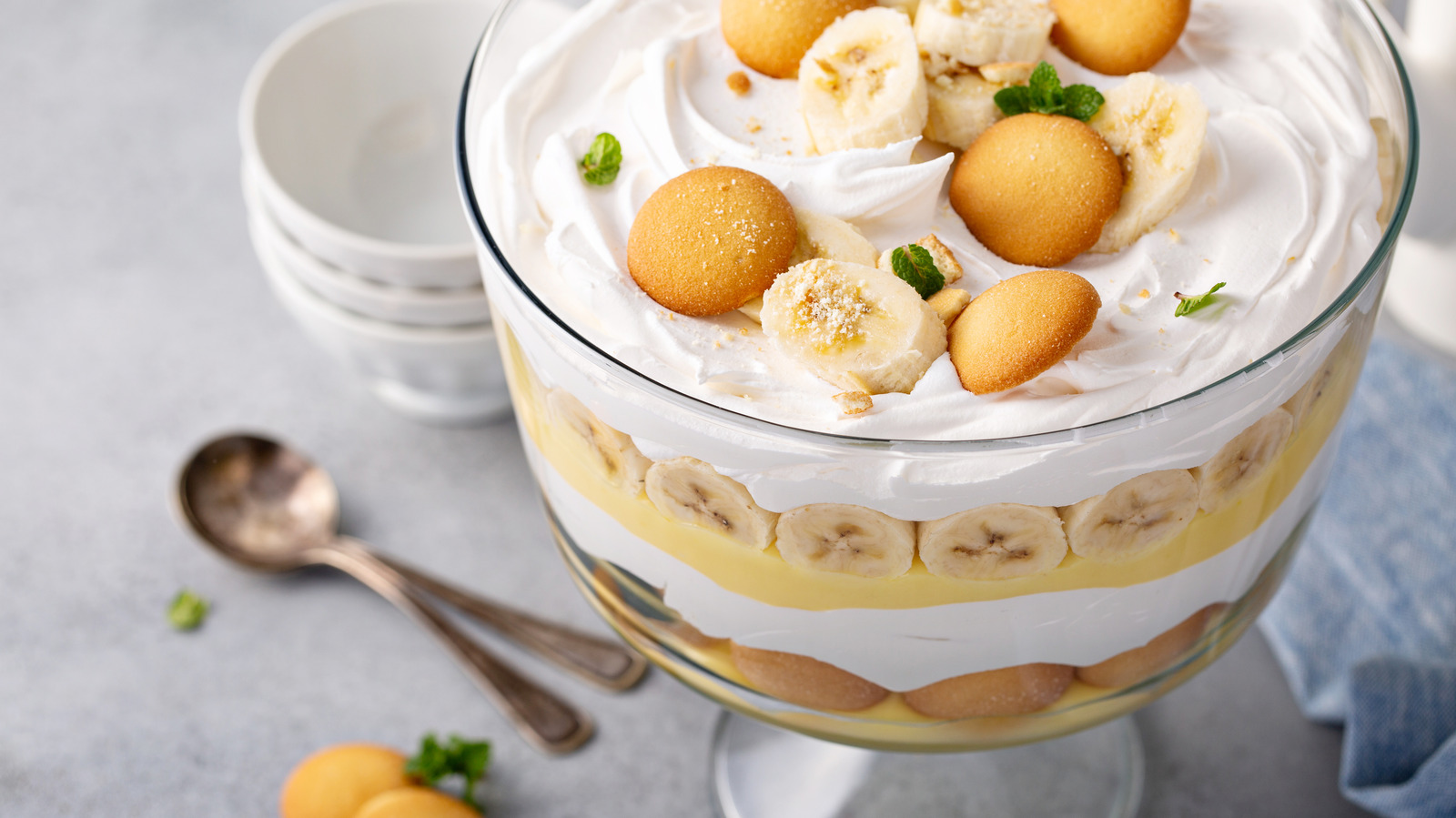U.S. history is layered with global influences, and banana pudding is one of the many American-bred foods that exemplifies that diverse history.
Today, many would associate banana pudding with southern comfort food, but some of the dessert's components started elsewhere before arriving in the South. A typical banana pudding is made up of layers of vanilla pudding, vanilla wafers, and of course, slices of banana stacked on top of each other. Often a whipped cream or meringue topping is added as well.

How this light but creamy dessert came to the South is a bit of a complex story, considering bananas originated in the Caribbean and Latin America. Plus, the dessert bears an undeniable resemblance to an , which also layers fruit and custard among other ingredients. The popularization of the "exotic" banana in the 1800s, innovations in consumer packaged goods, and good old southern hospitality — each of these factors contributed to banana pudding taking its spot as the queen of southern desserts.
Although banana pudding is not my dessert of choice, I do find its history fascinating enough to take a quick bite into. Where did banana pudding come from? Just like the dessert itself, banana pudding's origin story has many layers. In the post-Civil War era, trade began to boom and faster steamships made it possible for more perishable items like bananas to make their way to American ports.
From 1895 to 1900 imports of banana bunches increased from 12.5 million to 16 million. Though s.
















